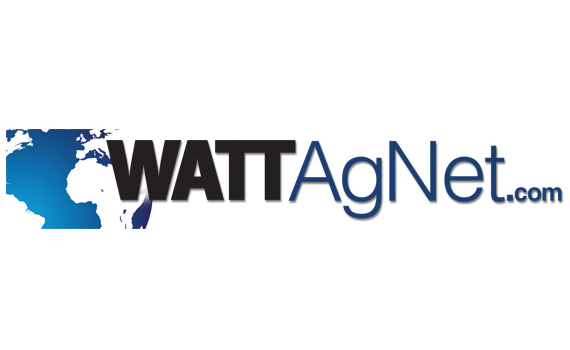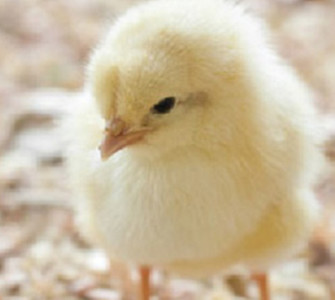Five reasons for the poultry industry not to be transparent
What are the top reasons the poultry industry isn’t transparent with the public? Todd Simmons, CEO and vice chair, Simmons Foods, named five in a speech at the Arkansas Nutrition Conference, but he said not one of the reasons is valid.
The poultry industry needs to become more transparent, he said, because we are in an age of food transparency.
The problem is, Simmons said, only one of three people thinks the agriculture industry is transparent. And only one of three feels companies are transparent about food practices.
People don’t know about industry practices, and they don’t trust, he added.
Five reasons to not be transparent that don’t stand up to scrutiny
Why would the industry not want to be transparent? Simmons named five of the most commonly used reasons and refuted them.
1. Trade secrets: We don’t want our competitors stealing our secrets.
“Most of the information people want is unrelated to proprietary processes,” he said.
2. We’ll be misunderstood: They will twist our words and skew the facts.
“We are already misunderstood,” he said, and perception is their reality. Seventy-six percent of consumers have less than good knowledge of food production, and 77 percent have less than good knowledge about farming and ranching.
3. Potential lawsuits: The more we show, the bigger the target is.
Simmons cited examples where companies have aggressively taken on their critics. After facing and successfully defending itself against a lawsuit that misrepresented its products and practices, Taco Bell went on the offensive with ads that set the record straight and called out its opponent. There have been other high-profile instances where industry firms aggressively defended themselves when wrongly attacked but these cases are too few and far between, he indicated.
4. Fear of being out in the open: We don’t want to be exposed or wrong.
Conduct tours of facilities, he recommended. Take the opportunity to connect people to their food’s production. At least one study shows the more often people visit farms, the more favorable their opinion is.
5. It’s a lot of work: It takes a lot of effort to talk about the walk.
The good news is that two out of three people want to know more about where their food comes from. “Be a part of the conversation. You are experts in your field. You have the ability to speak truth to misinformation,” he said.
Simmons offered the industry members attending the conference the following advice:
- Be honest: Integrity is required in all aspects of our work, he said.
- He humble: Empathize with the people who might not understand our practices.
- Be curious: Consider new ideas fully, even though they may come from unexpected sources.
- Be thoughtful: Treat people like people.
This Media Watch article is presented here with permission of WattAgNet.com.
Posted on September 12, 2014
















